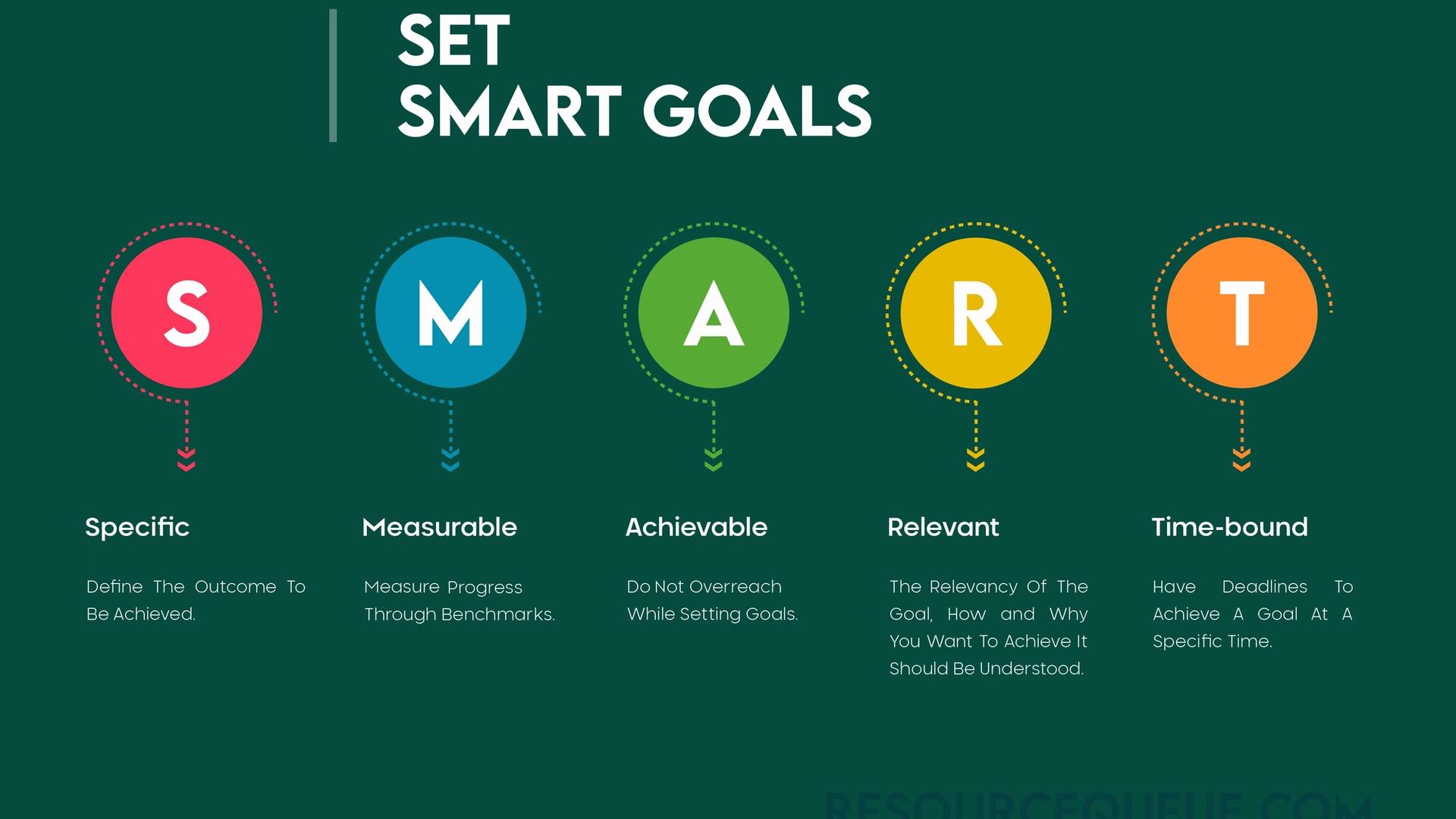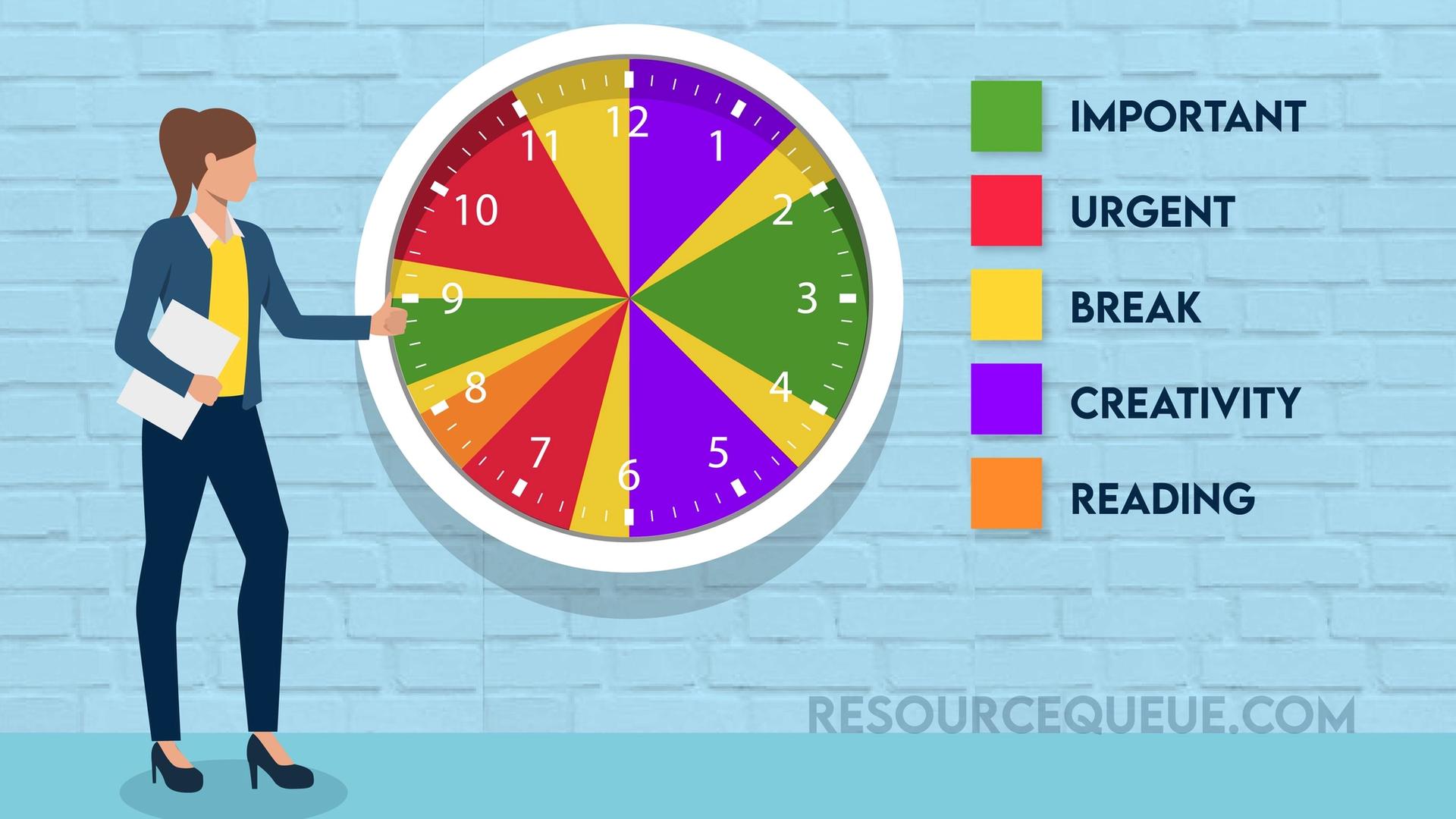Time Management is one of the most crucial factors since it affects every aspect of a working individual and, consequently, that of the organization because it is only as efficient as its workforce. Taking cognizance of this fact, various organizations are actively teaching their employees tested and proven techniques of time management through professional coaching and utilizing project management software.
Technically, it is impossible to manage time since it stays the same for every one of us every single day. Therefore, the cornerstone of effective time management is optimizing your actions throughout the day to do as much as possible in as much time as you can find.
In this article, we will deconstruct the defective approach of time management most professionals blindly follow. Most professionals mistake time management with getting a lot done in record time and end up submitting inferior quality of work, leading to depreciation of the quality of their work, which ultimately stunts the productivity and efficiency of their organization as a whole.
The reason for incorporating time management in professional life should be twofold — to improve the quality of work and avoid any mental or physical burnout while maintaining the highest possible standards of professionalism.
Easier said than done, as the day progresses, doing every task with the same enthusiasm and creativity takes a toll on your ability to function. However, time management techniques help you outline the challenges for the day to choose to tackle them in a way that works best for you.
Everybody seems to have their absolute mantra for time management, but it is essential to understand what worked for them may or may not work for you.
Here are ten effective techniques of time management that experts approve of. Hope these help you to make better sense of time and develop a personal compass that enables you to perform effortlessly throughout the day.
1. Set SMART Goals

Setting goals gives your day or life a structure. It is like designing carefully curated steps towards an end goal rather than hopping aimlessly from one boulder (task) to another.
As the acronym suggests, S.M.A.R.T is one of the techniques that will help you manage your time smartly.
Here is the breakdown of how goals should be written under the S.M.A.R.T technique of time management.
Specific - Clearly define the outcome that you desire to achieve
Measurable - Set certain benchmarks to measure your progress
Achievable - You should not have to go out of your way to achieve the goal.
Relevant - The goal should fit into the bigger picture of your life or work, as you need to know why you want to achieve the particular goal and what it means to you.
Time-bound - A time management technique is counter-productive without assigning deadlines to your goals. Have a definite deadline to achieve a particular goal.
Remember that only 10% of people write their goals down. So writing your goals down the S.M.A.R.T way might take some practice. Don't forget to revise your drafts as and when the changes come to you. If you need further help, the internet is full of examples of how you can write your goals down by adhering to the essence of this technique.
S.M.A.R.T technique helps you lay down a mental map of the stairway that will take you towards realizing your goals.
2. The Eisenhower Box/Matrix

Prioritizing your tasks/actions throughout the day is as important as prioritizing your life choices. Over the years, after being invented by the 34th President of the United States, Dwight D. Eisenhower, the Eisenhower Matrix has gained popularity as an effective method of prioritizing tasks.
Eisenhower recommended four quadrants for listing tasks in:
a. Urgent + Important - Do First
b. Not Urgent + Important - Schedule
c. Urgent + Not Important - Delegate
d. Not Important + Not Urgent - Eliminate
Urgent tasks can be classified as time-sensitive tasks such as emails, phone calls and meetings, all of which have strict deadlines.
Important tasks can be classified as the ones that contribute towards your life or business vision and mission at large. These consist of actions where you work towards your long-term goals.
It is only logical to work the most on the tasks in the 'Urgent + Important' quadrant by the very nature of these tasks.
The activities in the last two quadrants should be considered on a case to case basis and should be paid attention to only when you steer clear of all the tasks in the first two quadrants.
3. Kanban Board

Kanban is the Japanese word for a billboard or a signboard. The idea of the Kanban board was developed to create a visual board that lets you accurately keep track of your progress regarding your goals.
Though various Kanban applications and software are available online, those who practice this method religiously prefer to use a physical whiteboard since it helps better visualize.
The Kanban technique consists of drawing three columns on a whiteboard:
- To Do
- In Progress
- Done
You will now need sticky notes to list down tasks which you need to complete. Just keep on moving the sticky notes in the appropriate column as the task progresses. For further simplification, you can use different coloured sticky notes for different tasks.
Certain software also supports the Kanban Method:
- Kanban Tool
- Kanban Flow
- Kanbanize
- Trello
4. Never Leave Things Half Done

By applying the techniques mentioned above, you will have a clear pathway towards your goals. The Deep Work technique developed by Cal Newport tells you how to walk this path.
Deep Work is the action/task performed in a state of absolute concentration, which pushes your cognitive abilities to their limits in the process.
According to Cal Newport, the only way to achieve anything of value and to improve yourself is by pushing your abilities with every task by focusing on one single thing by eliminating every single distraction.
Some refer to the psychological state achieved during "deep work" as "flow".
Not achieving states of flow will result in "half-work" or "shallow work".
Softwares such as FocusList and One Big Thing help you do deep work without any distractions.
5. The Pomodoro Technique
Invented by author and software developer Francesco Cirillo in the 1980s, the Pomodoro Technique is one of the most popular time management techniques.
The philosophy of the Pomodoro technique directs you to complete your daily tasks in intervals separated by short breaks. One interval of 25 minutes is one Pomodoro, after which you take one short break of 3-5 minutes. After 4 Pomodori, you take one large break of 15-30 minutes to recharge.
The Pomodoro Technique can be practised with a simple timer. However, adapting the Pomodoro Technique to manage your time should give you enough time to focus and recover to maximize your productivity.
The Six Steps Of The Pomodoro Technique Consist Of:
1. Decide The Task You Want To Perform
2. Set The Pomodoro Timer
3. Perform The Task
4. Stop the work when the timer goes off after one Pomodoro (25 minutes)
5. If you have less than 4 Pomodori, take a short break of 3-5 minutes.
6. Upon completion of 4 Pomodori, take a large break (15-30 minutes) and then start step 1.
Here are a few Pomodoro timers to help you along the way:
- PomoTodo
- PomoDoneApp
- Pomodoro Tracker
- Tomato Timer
- Tonight
The Flowtime Technique - For optimizing your personal learning goals, the Pomodoro Technique can be modified to "The Flowtime Technique."
As the name suggests, the flowtime technique can be adapted when you desire to access your flow state quite often.
To execute the flowtime technique, set a specific time (anywhere in between 10 to 90 minutes) and experiment with how long you can work and how long of a break you need.
While working, when you cannot focus anymore, take a break. Keep an accurate record of your start time, end time, break time, work time and whether you were interrupted or not.
6. Tracking How You Spend Your Time
To keep you stuck to your time management goals, here's a quote, "You can only manage what you measure." Hence, it is of utmost importance to track how and where you spend your time.
The utilization of time tracking techniques gives you a clear picture of how you spend your time, how long you work on different projects, and how much you earn. Sincere time tracking gently pushes you to be more productive by helping you analyze how you spend your time.
Tracking time provides you with the statistics to optimize your time better. Using a time tracker also primes you for using other time-saving techniques effectively.
7. GTD - Getting Things Done
The reason for the popularity of the GTD technique of time management is its comprehensive nature. It consists of breaking down a bigger task into five definitive yet smaller and manageable steps and then doing the five steps immediately to finish the task.
The tagline for the GTD process is "the art of stress-free productivity". Using this system allows you to accomplish more while staying relaxed, be more creative and keep track of all relevant things.
Below are the five definitive steps of the framework:
Capture: Capturing involves registering everything that comes to your mind in flashes. Every idea, task, or anything helps with your goal ( things to read or watch, notes, bills, etc.). You capture all these things in an inbox and unload your mind. But remember to empty the inbox regularly.
Process: Here, you look at every captured item specifically for what you would like to do with them.
If the particular item cannot be acted upon, either delete it, archive it or delay it.
If an item can be acted upon, decide upon either doing it, delegating it or deferring it.
If an item takes less than two minutes, you should do it immediately.
Organize: While organizing your items, put your items under four actions list -
Projects
Next Action
Waiting For
&
Calendar
File tasks under these different labels with added context for more clarity and ease of functioning. Create a paper-based or digital archive for tasks that are unactionable.
Review: Reviewing comes in handy in keeping everything up to date. While reviewing, make sure to update your items as well as eliminate irrelevant items off the lists. Although a weekly review is an absolute necessity, you can also choose to have more reviews depending upon your work and functioning.
Engage: The furthermost step after capturing, identifying and reviewing actionable items start working on the selected tasks immediately.
Before engaging, double-check whether you have the proper context for the tasks and if you have allotted enough time or energy to each task according to their degree of prioritization.
Softwares that offer the GTD system of time management are:
- Todoist
- Nirvana
- nTask
- Flow-E
- FacileThings
8. OKR - Objectives And Key Results

The OKR framework is popular even with the likes of LinkedIn, Google, Intel and Uber.
Andy Grove, the famous CEO of intel, is regarded as the father of OKR.
According to OKR, objectives are goals, and key results are how you get to them.
The setting of OKRs can be done with the following easy formula:
I will (Objective) as measured by (this set of key results).
Objectives: These are exact definitions of what you want to achieve. Objectives should be precise, inspirational and engaging. An organization at large should have at least 3-5 high-level objectives.
Key Results: These are metrics for measuring progress towards your objective. Every objective should again have 3 to 5 key results per objective. By looking at the critical results at the end, you should have a crystal clear idea of whether you have achieved the objective or not.
For optimum results for an organization, OKRs should be made a part of the quarterly planning process and should be communicated to employees all over. Therefore, it is essential to set, track and review these OKRs frequently.
Various softwares that support OKR are:
Weekdone
15Five
Perdoo
7Geese
Workfront
9. The Most Popular Agile Management Framework
SCRUM is an agile productivity framework that primarily caters to the field of software development. Though it is not exclusively a time management technique per se, it does help address productivity issues thoroughly.
Being flexible and regularly adapting to changing circumstances is the cornerstone of the SCRUM framework. The second principle that helps you get the most out of SCRUM is, 'You learn the most not when you plan, rather when you execute, so you must consistently update your plans based on new feedback in the execution phase.'
SCRUM is built around the relationships in between teams, producing valuable outcomes, collaborating with stakeholders, and constantly improving the way work is done by responding to change.
SCRUM team roles are as follows:
Product owner – Talks to all stakeholders, takes care of products, manages priorities.
SCRUM master – Removes obstacles, facilitates the SCRUM framework.
The team – Fully committed team, cross-factual.
SCRUM Workflow Is As Follows:
Sprint Planning – To define the scope of work for the next 2 – 4 weeks
Daily Scrum – Brief 15‑minute meetings every single day to reinforce commitment among peers
Sprint Review – Reviewing of the work completed after a sprint
Sprint Retrospective – Giving and Discussing feedback of what went well and what can be improved
SCRUM artifacts are:
Product Backlog – A list of deliverables
Sprint Backlog – A list of tasks that are to be delivered in the next sprint
User Stories – Independent, valuable, small, estimable, and testable delivery features
Burn-down Chart (Total effort, Velocity) – Progress plan mapped out according to the actual capability of the team
Project management software that supports SCRUM or similar agile principles:
- Backlog
- VivifyScrum
- Jira
- Zoho
10. BuJo - The Bullet Journal
"To help you track the past, organize the present, and plan for the future" is the tagline for BuJo - The Bullet Journal.
Here is some good news for the people who aren't tech-savvy; all you need to execute BuJo is a notebook and a pen.
Some can term the BuJo technique as philosophy since the core principles of method state that,
You can't make time; you can only take time.
Happiness is a byproduct of meaning, you should cultivate curiosity through goals.
Do small changes that lead to big changes over time, and look inward to reveal a way forward.
If you felt that you were reading a piece from Murakami's works, that makes two of us.
The key components that makeup BuJo are:
Index page, for which you need to number the pages
Three different main collections of logs: (Daily log of tasks, events, and notes; Monthly log consisting of a calendar and a to-do list; Future log to list all the long-term goals and commitments)
Other different collections, namely groups of related ideas (lists, logs, notes, trackers, mind maps, plans, sketches)


